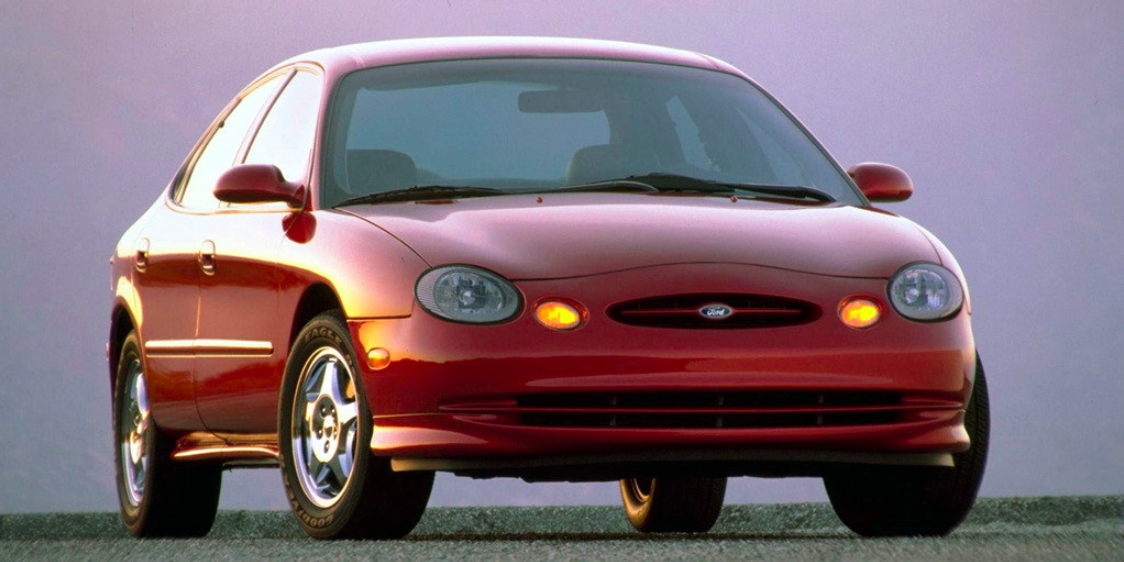Using your shop’s Cost of Doing Business (CODB) as a baseline for labor rates.

We’ve all taken a step back from a vehicle, groaned, and asked why-oh-why did they do it like this. Car: A Drama of the American Workplace helps answer that question. Mary Walton, the author, was embedded within Ford with what appears to me to have been excellent access to the teams responsible for the creation of the 1996 Taurus. Walton, a former reporter for the Philadelphia Inquirer, has a reporter’s knack for concise writing and documented the process as she saw it.
Most people would read this book out of curiosity, but if you wrench for a living, this is a very neat peek behind the curtain. You’ll likely have some insight that non-industry folks will not. What most will interpret as minor occurrences in the book will have you shaking your head, since you know those decisions often have severe consequences for those of us downstream of them.

The DN101 Taurus was the culmination of lots of hard work and many conflicting opinions. Ford photo.
The 1996 Taurus was to be the second generation of that nameplate and was a big bet for Ford; they had a lot riding on it, and competition in the form of the Honda Accord and Toyota Camry was stiff. Walton brings the entire process to life in Car. The life of an automobile from embryonic concept to sales floor seems pretty clinical, doesn’t it?
From what Mary Walton has written, though, it seems that couldn’t be farther from the truth. Walton shows the human side of producing a vehicle, chronicling all sorts of things like intercompany political traps, the constant pressure of budget constraints, and seemingly capricious commentary on the Taurus (codenamed DN101) from Jackie Stewart.
However, Walton’s superpower in making a dry subject a great read is her exposition of the personalities involved. Her skilled development of the characters in this story is what makes this a real page-turner. Walton’s prowess here shines to the point where I couldn’t help but think this book would make a fascinating movie with the correct cast.
The book doesn’t really focus too much on management or technicalities of the Taurus. (Though any automotive-centric passages were clearly vetted by experts. I don’t think a single thing jumped out to me as erroneous.) To wit: Reading about folks freezing their cookies off in cold-weather HVAC testing in Bemidji, Minnesota is much more gripping than the umpteenth screed about quality from some author who idolizes W. Edwards Deming.

Walton’s book is more about people than it is a car.
Instead, it’s a good chronicle of what it is to work in a huge corporation and how people interact with each other, be it positive or friction-filled, with all the pettiness, camaraderie, pomposity, achievement, triumph, and pointlessness that is part of working in a huge company. There are nebulous ideas like making the front end “look friendlier.” Some ideas appear to exude practicality when juxtaposed, like one employee’s insistence that a mid-size sedan that comfortably seated four should also have a trunk large enough to hold four golf bags.
I think the thing I liked best about this book was that I could hand it to a non-car friend and know they’d enjoy the read, too. Given the age of the DN101 Taurus, the book is obviously dated, but that doesn’t matter so much: people change more slowly than cars. It’s a good read, and if you’re anything like me, the next time a part or design is causing you to throw your hands up in exasperation, you’ll think of the DN101 team.
The articles and other content contained on this site may contain links to third party websites. By clicking them, you consent to Dorman’s Website Use Agreement.
Participation in this forum is subject to Dorman’s Website Terms & Conditions. Please read our Comment Policy before commenting.